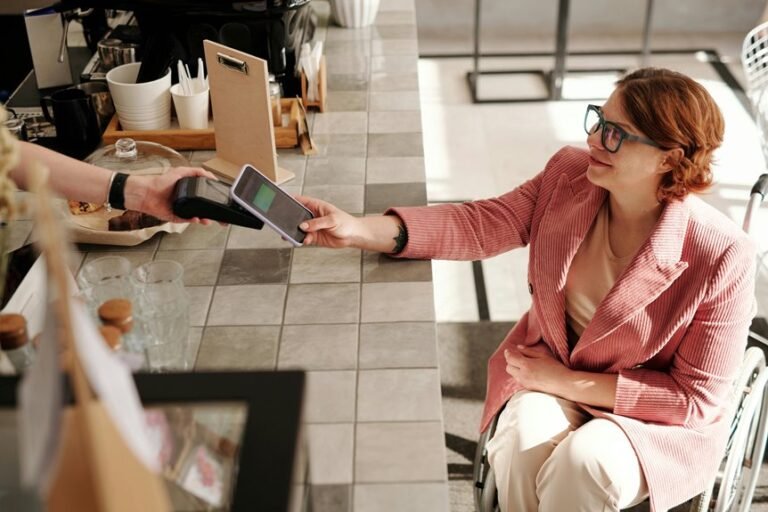Trace Suspicious Calls 9704903050, 5024068930, 7033805600, 7072899821, 7703875024, 7158988017
Suspicious calls from numbers like 9704903050, 5024068930, 7033805600, 7072899821, 7703875024, and 7158988017 pose significant risks to personal security. Identifying these callers is essential in preventing potential scams and protecting sensitive information. Various methods exist for tracing these unknown numbers, yet many remain unaware of their effectiveness. Understanding the steps to take can empower individuals against such threats, inviting further exploration into the actions necessary for safeguarding one’s communication.
Understanding the Risks of Suspicious Calls
As individuals increasingly rely on telecommunications for personal and professional communication, the prevalence of suspicious calls has emerged as a significant concern.
Suspicious caller identification is crucial in safeguarding personal information. Awareness of potential scams, along with phone safety tips, empowers users to make informed decisions.
Understanding these risks fosters a proactive approach, contributing to a safer communication environment in an increasingly connected world.
Methods to Trace Unknown Numbers
Tracing unknown numbers is essential for individuals seeking to protect themselves from potential scams and harassment.
Utilizing caller ID features can provide immediate identification of incoming calls. For more detailed information, reverse lookup services allow users to input a phone number and obtain the caller’s name and address.
These methods empower individuals to make informed decisions regarding unknown contacts, enhancing personal safety.
Taking Action Against Phone Scams
Taking proactive measures against phone scams is crucial for safeguarding personal information and financial security. Individuals should prioritize reporting scams to relevant authorities, enhancing collective awareness.
Additionally, blocking numbers associated with fraudulent activities limits exposure to potential threats. By taking these decisive actions, one can maintain greater control over their communication channels, ultimately fostering a safer environment against the pervasive nature of phone scams.
Conclusion
In conclusion, tracing suspicious calls like 9704903050, 5024068930, and others is essential for safeguarding personal information. Utilizing reverse lookup services empowers users to identify unknown numbers, while blocking these calls prevents future disturbances. Reporting such incidents enhances community vigilance, fostering a collective defense against scams. By remaining informed and proactive, individuals can cultivate a safer communication landscape, deter potential threats, and protect themselves from the pervasive risks associated with unsolicited calls.







